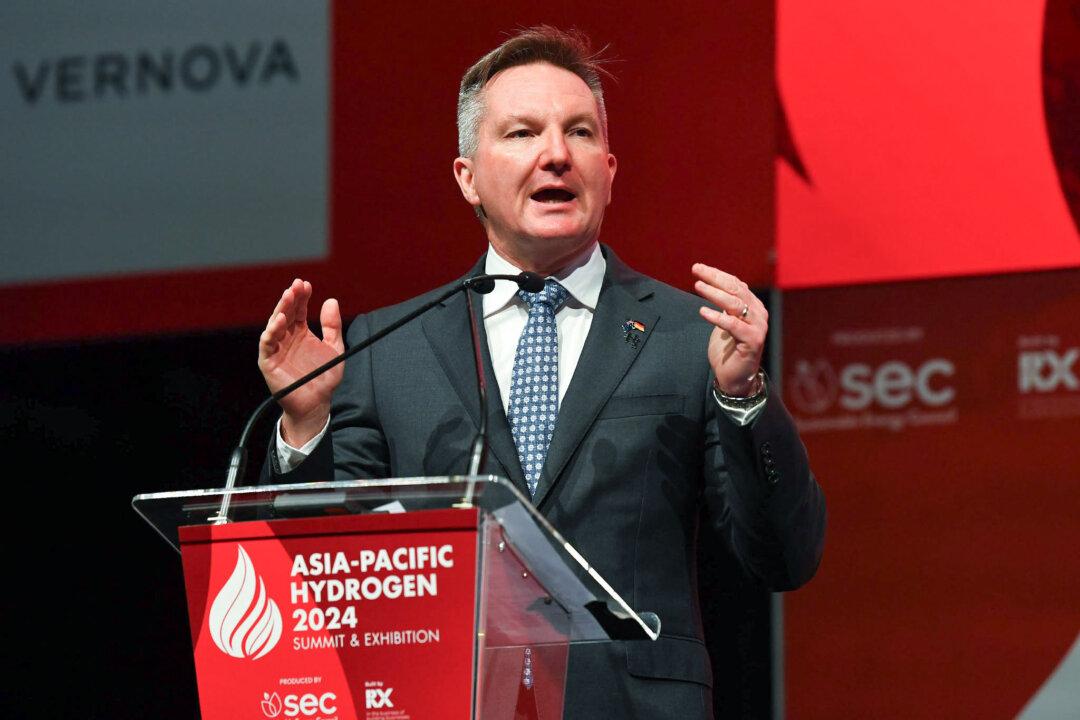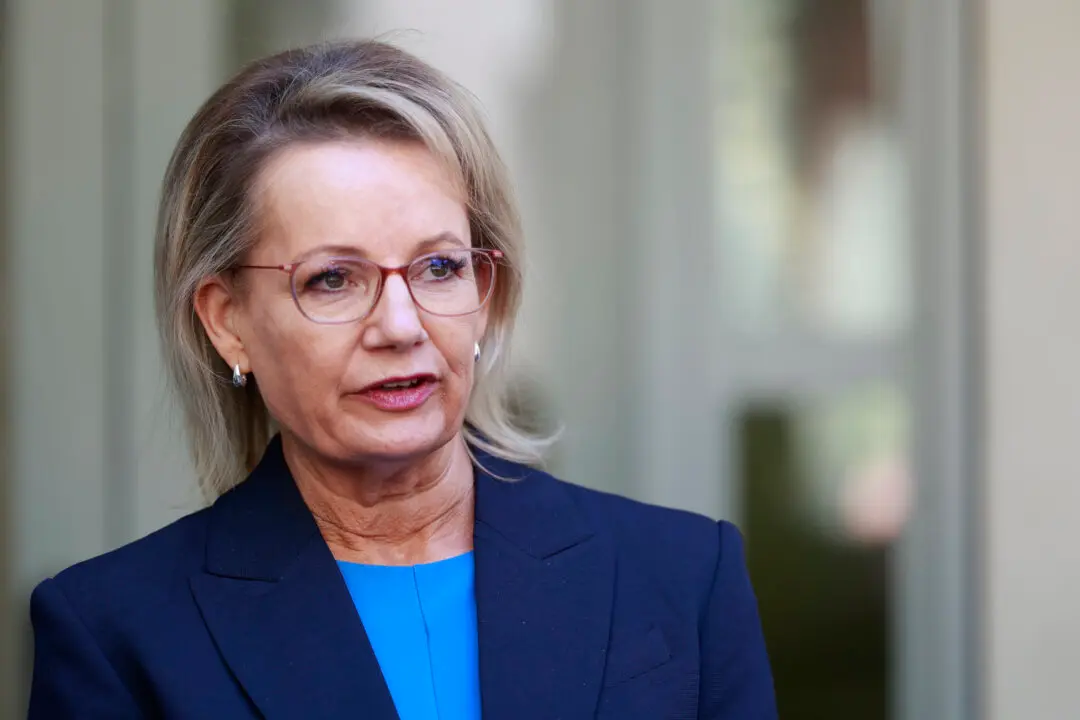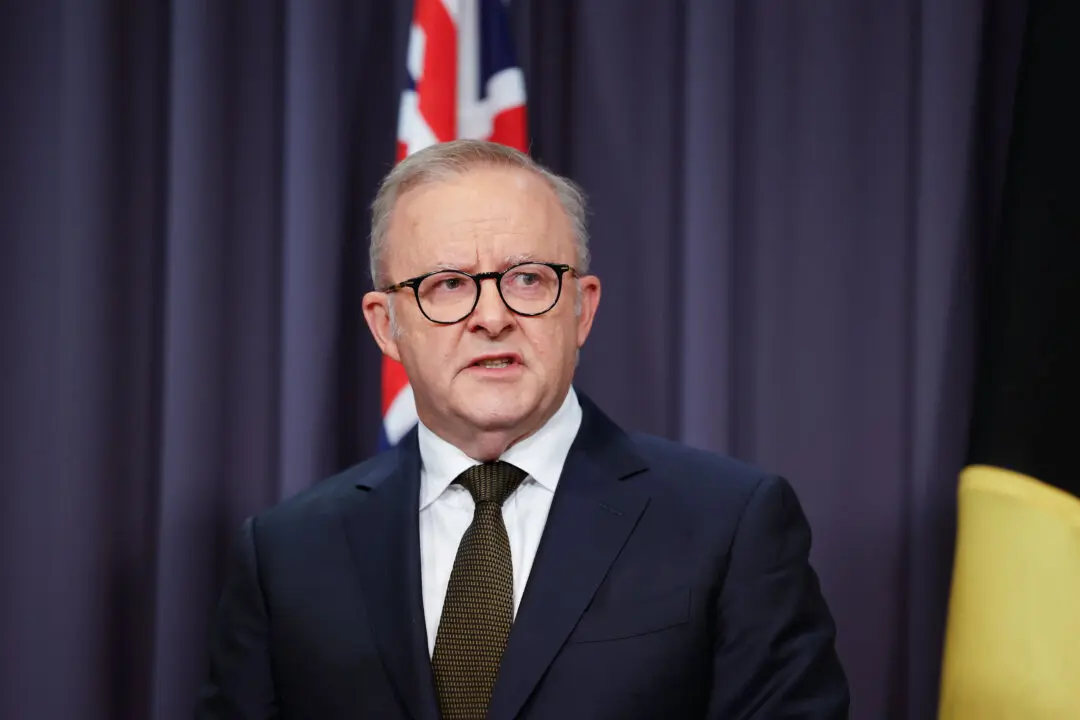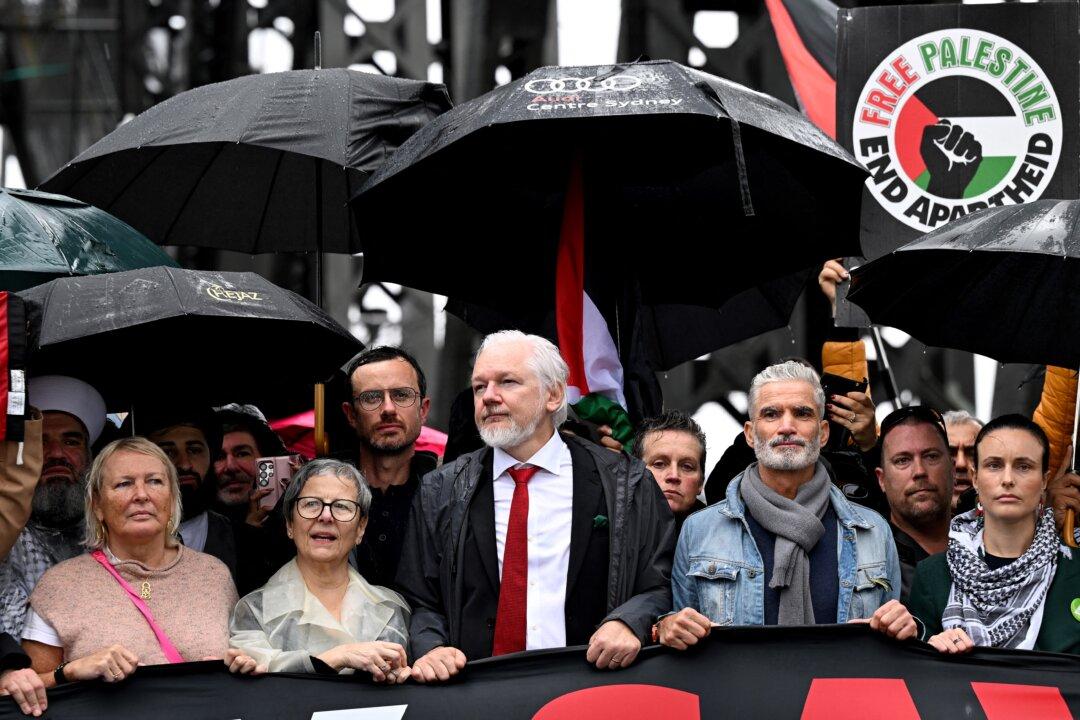Prime Minister Anthony Albanese will unveil a new solar energy plant in Wodonga and TAFE training centre in the Hunter Valley of New South Wales as part of a broader vision to steer coal-reliant regions towards renewable job creation.
The federal and NSW governments will pledge $60 million over five years for the Hunter Net Zero Manufacturing Centre at Newcastle’s TAFE, and another $17 million to fund Australia’s first commercial solar thermal heat plant in Victoria’s Wodonga by 2026.





